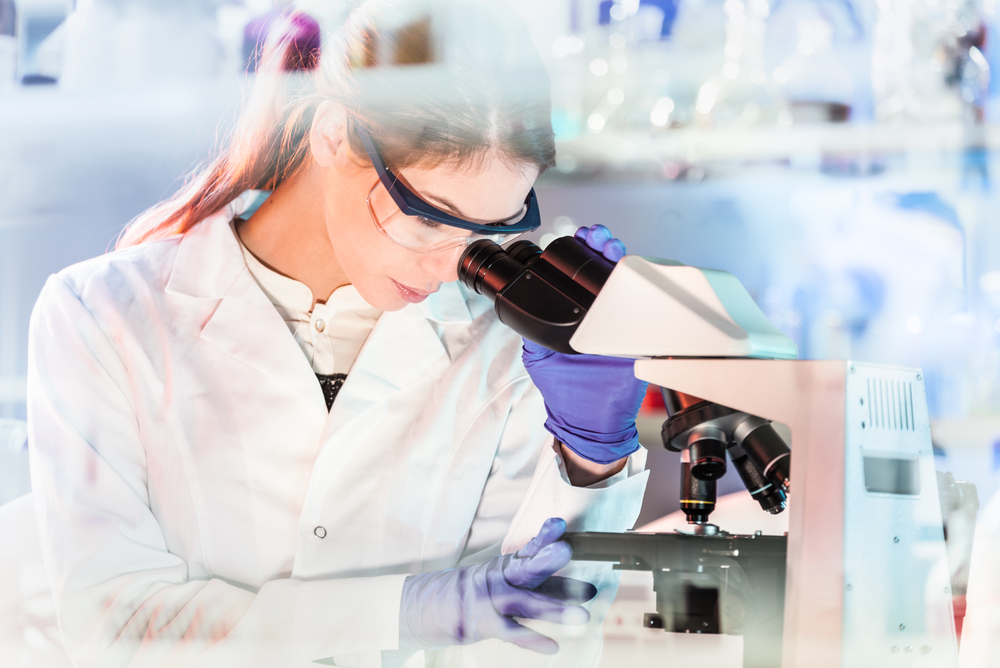#ACTRIMS2019 – Bacterial Epsilon Toxin Found in MS Patients Triggers MS Disease Features in Rodents

Clinical and Mechanistic Evidence for Clostridium Perfringens Epsilon Toxin As an Environmental Trigger of Multiple Sclerosis
The levels of epsilon toxin are increased in multiple sclerosis (MS) patients, and its presence in laboratory rodents replicated some aspects of disease activity, according to data presented at the 4th Annual Americas Committee for Treatment and Research in Multiple Sclerosis (ACTRIMS) Forum.
The researchers suggested that the epsilon toxin and the bacteria that produces it, called Clostridium perfringens, may play a role in MS development.
ACTRIMS ran from Feb. 28 to March 2 in Dallas, Texas. The data was presented at the meeting by Jennifer Linden, PhD, from Weill Cornell Medical College, New York, in a poster titled “Clinical and Mechanistic Evidence for Clostridium perfringens Epsilon Toxin As an Environmental Trigger of Multiple Sclerosis.”
Clostridium perfringens is a bacterium that is part of a family that synthesizes some of the most potent toxins, including tetanus and botulinum neurotoxins. These bacteria are found in all sorts of environments (i.e., decaying vegetation, soil, water) as long-lasting, quiescent (dormant) spores where they wait for an opportunity to infect livestock or humans.
Clostridium perfringens produces the epsilon toxin (ETX), which has been suggested as a possible environmental agent linked to new MS lesion formation.
Researchers from Weill Cornell wanted to better understand the relationship between Clostridium perfringens ETX and MS. They asked two questions: do MS patients have increased exposure to this bacterium and related ETX, and does ETX-administration mimic MS disease activity features in rodents?
When looking at fecal — stool — samples of MS patients, researchers found that about one in four (21%) were positive for ETX-producing bacteria, whereas samples from healthy controls (with no MS) were all negative for the bacteria.
When looking at peripheral blood components — circulating red blood cells, white blood cells, and platelets — researchers found increased exposure and levels of ETX in MS samples versus healthy control subjects.
Then, using laboratory rodents, the team found that ETX administration resulted in disease activity similar to MS. Prominent features that were mimicked upon ETX administration included blood-brain barrier permeability and focal demyelination (loss of myelin, the protective coat of neurons).
Based on the results, Linden concluded that “ETX replicate aspects of MS pathology in rodents,” and suggested that “EXT and the bacteria that produces it may be responsible for initiating and propagating disease activity in a subset of MS patients.”
The team offered a hypothesis of how ETX causes demyelination in MS patients.
According to them, “for our model of ETX-induced MS, we propose that ETX-producing bacteria colonize the human gastrointestinal tract, resulting in periodical blooms of exponential growth, leading to secretion of the toxin,” they wrote.
Then, “activation of ETX induces intestinal permeability, a well-accepted but poorly understood process, allowing entry of the toxin into the bloodstream. Once in circulation, ETX specifically binds to the central nervous system microvasculature, causing blood-brain barrier permeability and allowing entry of the toxin into the brain parenchyma [cellular tissue]. Once in the brain, ETX specially kills mature oligodendrocytes [myelin-producing cells], leading to demyelination,” the team suggested.






